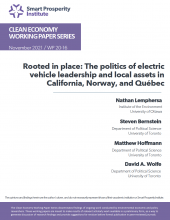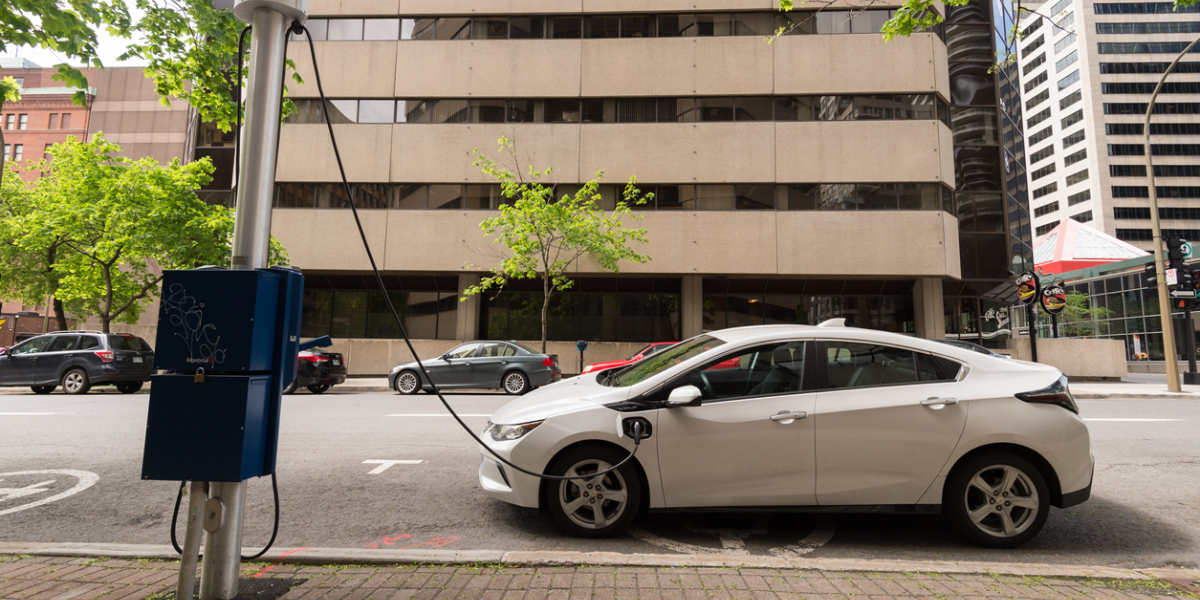By Nathan Lemphers, Steven Bernstein, Matthew Hoffmann, and David A. Wolfe
In the media, Norway, California, and Québec are widely acknowledged as innovative leaders in electric vehicles (EVs). Yet, what does this leadership mean and how did these jurisdictions achieve it? We contend that EV leadership reflects both intentional forethought through early, experimental and innovative policy to promote electric vehicles and the on-the-ground successful outcomes of these policies. All three jurisdictions have embarked on different leadership paths. We argue that these differences are a function of how EV policy entrepreneurs engaged unique pre-existing local assets and activated similar political mechanisms of normalization, coalition building and capacity building. When policy actors harness mutually reinforcing political and industrial dynamics, EV policies can scale up. Eventually, these dynamics may lead to new industrial path development and the decarbonization of the transportation sector.
The Clean Economy Working Paper Series disseminates findings of ongoing environmental and clean economy work conducted by researchers from a range of disciplines. These working papers are meant to make results of relevant scholarly work available in a preliminary form. Although these papers have not undergone a peer-review process, they meet general standards of scholarly excellence. The views expressed in these working papers are those of the authors and do not necessarily reflect the opinions of Smart Prosperity Institute.



